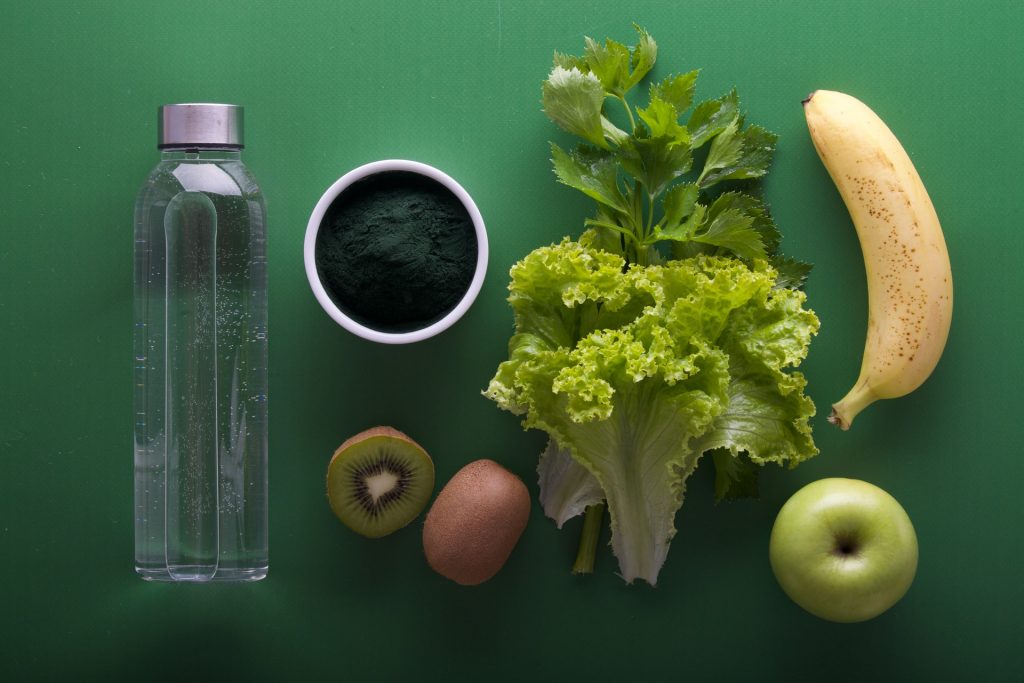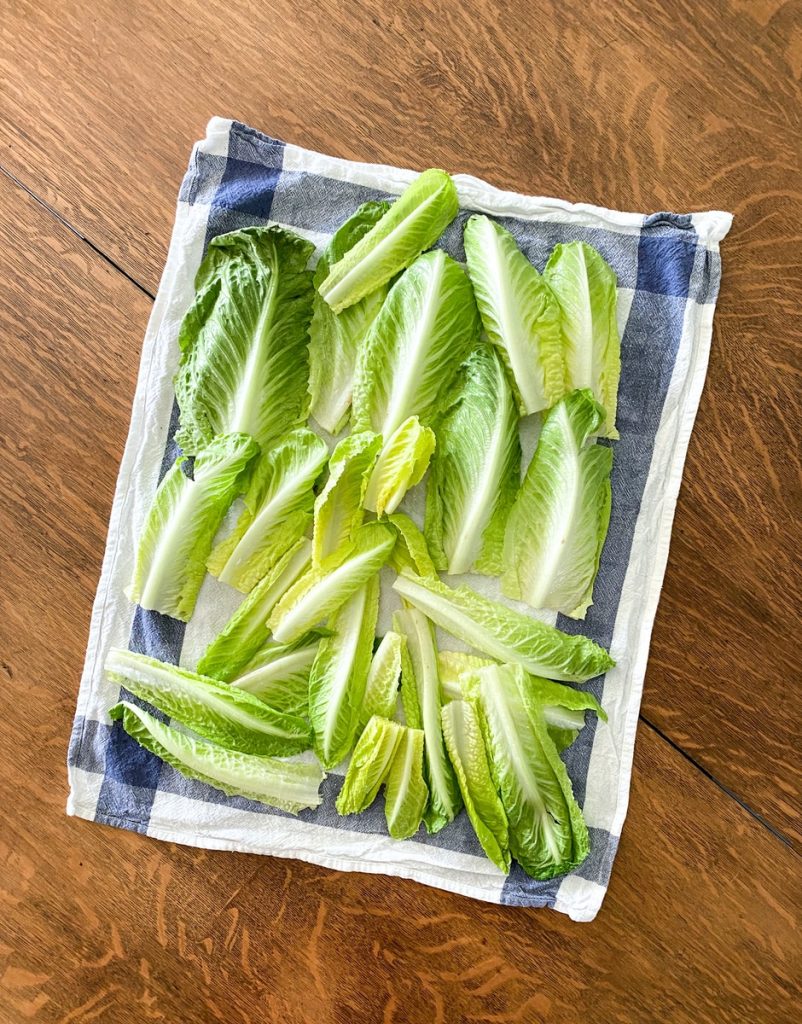Lettuce is quickly becoming one of the most popular hydroponic plants, and it is one of the most widely grown plants among hydroponic farmers. This is because it can grow in both temperate and tropical conditions. It is beneficial to your health, and both the stems and leaves can be consumed. Plants in hydroponic systems are fed a nutrient solution combined with water, providing the farmer more control over the nutrients absorbed by their crops. Fertilizers may be required to help cultivars cultivated in soil survive. In hydroponics, on the other hand, the plants are already getting all of the help they need in the appropriate amount. Hydroponics is a sort of horticulture and a subset of hydroculture that involves using mineral fertilizer solutions in an aqueous solvent to grow plants (typically crops) without soil. While city folks can grow organic food at home with little water and no earth, a farmer can benefit from a hydroponic system even if they live in a drought-prone area.
Lettuce can quickly be grown with hydroponics.
Table of Contents
Step 1: Choosing a high-quality lettuce seed.
Step 2: Placing a lettuce seed into a growing medium such as a Peat Pellet or a Rockwool Starter Plug, putting the cubes in a dish of water for two weeks in a dark place. So, the seeds should sprout into little seedlings. Assure always to have the cubes in a container of water. Keeping the cubes in the dark condition is essential for curbing algae growth.
Step 3: It will take 7-14 days for the seeds to germinate. When the sprout appears, place the cubes in a Net Pot and transplant them to a growth container or hydroponics system like the NFT system. Dark-coloured pots are ideal for hydroponic plants.
Step 4: A fertilizer solution must be provided to plants in a hydroponic system regularly. For successful hydroponic growth, selecting the correct key is critical.
Step 5: Harvest the lettuce after 4 to 5 weeks. Make sure your plants are near the sun but not in direct sunlight all day, preferably only in the morning. Direct sunlight is not suitable for lettuce, and leafy greens as too much heat will cause the plant to feel stressed. This will result in it starting to flowering, which will make the leaves taste bitter and change the texture of your produce.
Caring for Hydroponic Lettuce
By giving all of our plants 18 hours of light and 6 hours of darkness each day via full-spectrum LED bulbs and depending on our setup and bulb type, we may need to reduce the amount of light we give to our plants. Lettuce shows the best results in more relaxed environments, but we have to keep the air temperature between 45 and 75 degrees for the best results. In hydroponic growing, lettuce is prone to calcium deficiency. Ensuring calcium levels are correct in the nutrient solution can lead to tip burn, a widespread problem with lettuce. Tip burn limits the appearance and shelf life of lettuce and leads to slime developing in the head, making it unsellable. While growing lettuce, a few signs will tell us how well the plants are growing. Suppose discolouration and necrosis are resulting, so something is wrong. Stunted growth is another good indicator. Paying attention to these signs will help us to take necessary precautions to save your crops life.
Selection of plant of Hydroponic Lettuce-
1. Disease resistance.
2. Good temperature.
3. Resistance to physiological disorders.
This hydroponic greenhouse production system was created for small businesses to supply local head lettuce production and jobs. Our research team has tried various hydroponic systems and discovered that our floating system is the most reliable and tolerant of them all. This system is designed to produce consistently 365 days a year. This necessitates a high level of environmental control, such as additional lighting and moveable shade, to deliver a specific amount of light, which results in a predictable quantity of daily development.
Take Extra Measures to Protect Your lettuce this Summer.

Summer heat can cause your fertilizer solution to warm, resulting in reduced dissolved oxygen concentrations and a considerable reduction in yield. It’s also a good idea to use insulating materials to keep the nutrition solution cool. Plan your expansion and get your shade net ready for the warmest portion of the day. Heat stress can be a problem for your plants in the Summer. When the temperature rises too high, plant kinds that can bolt and turn bitter should be avoided.
Why use hydroponics method
1. The ability for producing higher yields than traditional, soil-based agriculture.
2. Allowing food to be grown and consumed in parts of the world where the soil is insufficient to support crops.
3. Eliminating the need for widespread pesticide use (most pests reside in the soil), resulting in healthier air, water, soil, and food.
4. Pesticide-free products using biological pest control or other OMRI-approved methods.
5. Nutrient solutions can be recycled or utilized in other areas such as lawn management and potted plants.
6. Reusable and recyclable growing media
7. Depending on the type of hydroponics employed, less room may be required, allowing for a higher plant density in the same area.
8. non-arable land may easily be facilitated.
9. Promoting an overall awareness of our environment.
10. Varying nutrient formulas to suit different plants at different stages.
It’s just as vital to identify components that aren’t present in hydroponically grown vegetables as it is to identify those that are. By removing dirt, unwanted accumulations of undesirable nutrient concentrations can be avoided. Both nutrient toxicity and nutrient inadequacy are vital to crops, and both may be readily avoided with hydroponics. Food farmed near the point of distribution saves money on transportation and lowers fossil fuels. When a consumer avoids imported produce, he or she avoids ingesting artificial ripening agents or pesticides. This is critical for both our health and the preservation of produce’s natural flavour. Growers with unoccupied land can do whatever they want because they are not taking up as much room. They may cultivate more produce or use their land for other purposes. Growing more food in a limited space may allow land to return to its natural, unbroken state. Because we could reestablish their native habitats, this is a significant step toward animal population conservation. Hydroponics also mitigates the effects on the environment. Hydroponic gardening appears to be the natural choice due to its numerous advantages. Hydroponics enhances environmental awareness in general. It may potentially aid in environmental protection by lowering traditional agricultural pollution. Foods cultivated hydroponically have a better taste and contain more nutrients, making them healthier than the alternatives. This environmentally beneficial food production technique is required to feed the world’s rising population, and it will be the favoured agricultural method in the future.
DIY Home Hydroponics
It is generally advised that a medium be utilized when developing a home hydroponics system. This tends to favour the usage of an ebb and flow system or a wick system. While a wick system is inexpensive and straightforward to use, it is challenging to adjust over time, leading to unsatisfactory outcomes. There is concern about whether the plants are receiving the proper balance of nutrients, and if they aren’t, adjusting the nutrient flow can be challenging. Because of this, many at-home hydroponic systems are of the ebb and flow kind. Any hydroponic gardening facility and most regular nurseries will have all of the necessary equipment to set up a home system.
To begin building our flow system, you first must obtain the required materials. A basic system will require:
• A plastic tray that can support the weight of the medium, plants, and water/nutrient solution.
• A support framework for the tray to rest on (it can be as simple as a spare table)
• A container that will serve as a reservoir (can be an aquarium, a plastic storage container or a garbage can)
• Pump capable of pumping 132 gallons per hour in an aquarium (500 litres per hour)
• Containers for plants (make sure they have holes in the bottom to allow drainage)
• Nutrient solutions
• Growing medium
• Seeds or plant cuttings
• Tubing for drainage
• Timer with a 24-hour setting
